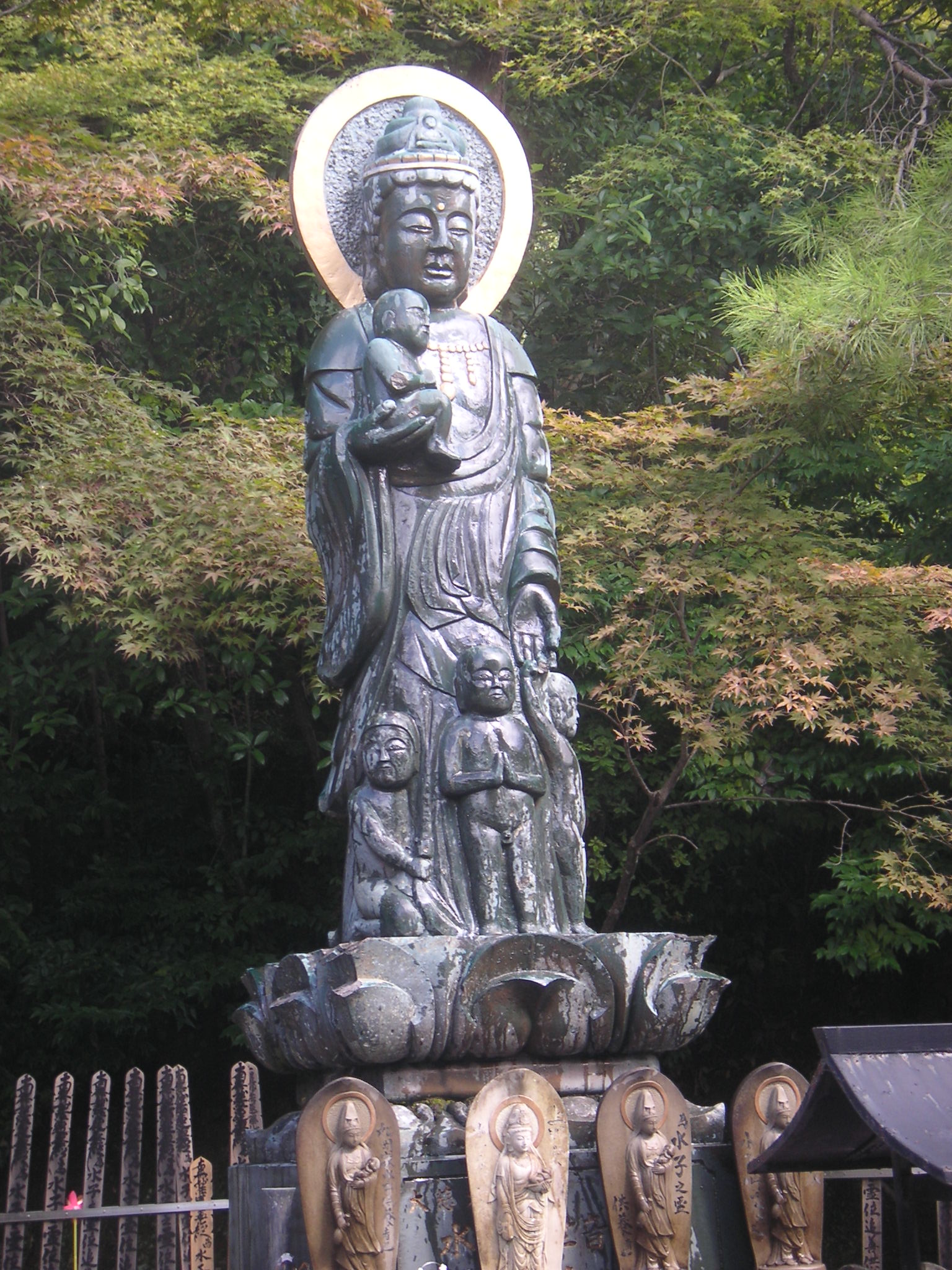Buddhism goes back to the Buddha, who lived in Northern India in the 6th c. BCE. Originally called Shakyamuni (tribe) Gautama (clan) Siddharta (personal name), he obtained the title buddha, which means “the enlightened one” and derives from the word bodhi (enlightenment), after an exhaustive search for salvation.
Born as a prince and protected from the vicissitudes of life, he discovered human ailing and death at age 29, then left his family to become a hermit seeking salvation from the three inevitable kinds of human suffering: sickness, old age, and death. He learned numerous trance and yoga techniques from various ascetics, but remained unsatisfied. Eventually, through long-term meditation practice he experienced the transcendent state of nirvana, i.e., reaches enlightenment, at age 35. He became buddha and began to teach. His state of mind was such that he would not be reborn, so when his body fell away at age 80, he attained pari-nirvana or permanent extinction.
His teaching focuses on how one should live in the world and work toward the cessation of rebirth. This is called dharma, a word that originally means things, thoughts, anything that’s happening, and the way things are thought to happen. In this case, it is the specific dharma of the Buddha. As his teaching spread, he accumulated followers and dedicated disciples. They formed the Buddhist community or sangha. The three – buddha, dharma, sangha – are the Three Jewels or key aspects of Buddhism.
As the sangha grew, the teaching of the Buddha was repeated by people in different places, so that soon every group of followers developed their own version of what the Buddha taught. To organize the multiplicity, several councils were convened: the first, after Buddha’s pari-nirvana (483 BCE), focused on basic discipline of monks and wandering ascetics; the second, at Vaisali (383 BCE), condemned lax rules and other abuses; the third, in Pataliputra (250 BCE) at the court of King Asoka, created the first canon (known as Tripitaka [Three Baskets]: sutras [sermons], abhidharma [philosophy], vinaya [monastic rules]) and thus standardized the teaching into its present form.
At this time there were numerous sects, which can be divided into two major groups—a more traditional one, which acknowledged only the monastic life as leading to salvation and focused strictly on meditation (still around as Theravada [teaching of the elders] and practiced in SE Asia); and a more progressive one, which also admitted lay followers and non-yet enlightened monks to its meetings and embraced popular religious values and various forms of devotion.
The latter group called itself Mahayana or Great Vehicle and denigrated the others as Hinayana or Lesser Vehicle, implying that its new methods would open enlightenment more easily to a larger number of people—the comparison that is made nowadays is between a bus and a bicycle, being driven in a group versus struggling along on one’s own. The Mahayana emphasizes the universal nature of the teaching, proposes compassion instead of determination as its lead virtue, acknowledges that different people may need different methods to reach the goal (skillful means), allows devotional practices, sees the Buddha as a transcendent deity who decided to be born on earth to show people the way, and worships so-called bodhisattvas, saviors who interact directly with humanity and can help in all sorts of situations (the drivers and conductors of the bus, so to speak).
It also teaches that, as in the course of history many people have attained enlightenment, there is more than one buddha; that each buddha resides in a heaven/paradise known as a Pure Land where people can go after death; and that chanting, recitation, and devotional rituals are as effective or even better than solitary meditation practice. It is, moreover, not necessary to leave the family to attain the highest state. This teaching became dominant in East Asia.
One off-shoot of the Mahayana developed in the 7th century CE and became known as Vajrayana or Diamond Vehicle. Growing under the influence of Hindu Tantra, it embraces various physical and magical practices (hand gestures, spells, mandalas) in its search for enlightenment. Also known as Tantric Buddhism, it is dominant in Tibet and survives in Japan in the Shingon school.

Leave a Reply